Hijabhoojup is a term that has recently gained attention across online communities, leaving many curious about its meaning. For those unfamiliar with it, hijabhoojup might seem mysterious, but for those who embrace it, the term holds cultural and personal significance. In this guide, we will explore the concept of hijabhoojup, including its origins, cultural relevance, and its place in the modern world.
What is Hijabhoojup?
The term “hijabhoojup” isn’t one you’ll find in traditional dictionaries or the mainstream media. It appears to be a blend of two terms: “hijab” and “hoojup.” While “hijab” is widely recognized as the headscarf worn by many Muslim women as a symbol of modesty, “hoojup” remains a lesser-known word. By breaking down these elements, we can begin to understand what hijabhoojup represents.
The Hijab
The hijab is more than just a headscarf; it’s a https://mainguestpost.com/ representation of modesty, religious belief, and cultural identity. Often worn by Muslim women, it covers the hair, neck, and sometimes the shoulders, reflecting personal values as much as faith. It holds a deeply personal and spiritual meaning while also being embedded in many cultural traditions.
The Meaning of Hoojup
Unlike hijab, “hoojup” isn’t a common term. It could be a creative or modern twist added to the hijab, giving it new dimensions in terms of style or significance. Perhaps it reflects a modern reinterpretation of the traditional hijab, offering flexibility in how it’s worn or symbolized. It might also represent a movement towards blending the old with the new, maintaining traditional values while embracing contemporary trends.
The Cultural Relevance of Hijabhoojup
Hijabhoojup may represent a shift in how younger generations view traditional attire like the hijab. It could be a way for them to stay connected to their heritage while expressing their individuality and adapting to modern fashion. This concept might be embraced by those who wish to modernize traditional garments without abandoning the core values associated with them.
For some, hijabhoojup might symbolize the evolving nature of cultural expression, allowing people to merge tradition with personal creativity. In this sense, hijabhoojup could help bridge generational gaps, making the hijab more relatable for younger women while still respecting the values held by older generations.
Hijabhoojup as a Fashion Statement
In today’s world, fashion is a powerful form of self-expression, and hijabhoojup might reflect this by combining traditional modesty with modern style. Fashion influencers and designers often blend traditional and contemporary looks, and hijabhoojup could be part of this trend. Whether it’s through innovative ways of styling the hijab, experimenting with fabrics, or using bold accessories, hijabhoojup may represent a more personalized approach to modest fashion.
The Role of Social Media
Social media has given people from different cultures and backgrounds a platform to express their individuality, and this is where hijabhoojup could gain even more popularity. Platforms like Instagram and TikTok allow influencers to showcase their unique styles, encouraging others to experiment with their hijabs in creative ways. Through this digital space, hijabhoojup could evolve into a larger movement, inspiring discussions about culture, fashion, and identity.
Hijabhoojup: A Rebellion or a Celebration?
There is a debate about whether hijabhoojup is an attempt to modernize or dilute traditional values or a celebration of them. For some, the idea of adding new elements to the hijab might seem like a departure from tradition. However, others may see it as an evolution—an opportunity to adapt and modernize while staying true to the essence of modesty and faith.
Instead of rebelling against tradition, hijabhoojup might simply reflect how traditions can evolve and remain relevant. Cultures aren’t static, and as they grow, their practices and symbols can take on new meanings while still honoring their roots.
DIY Hijabhoojup: A Step-by-Step Guide
If you’re ready to try creating your own hijabhoojup, you’re in for a fun and creative experience. Whether you want a casual look or something more polished for a special occasion, this step-by-step guide will help you master the hijabhoojup style and add your personal touch.
Benefits of DIY Hijabhoojup
Making your own hijabhoojup allows you to design something that fits your style perfectly. You can choose fabrics, colors, and patterns that reflect your personality. DIY projects are also budget-friendly, saving you the cost of purchasing expensive ready-made scarves while offering the satisfaction of crafting something unique.
Tools and Materials
To get started, you’ll need some basic tools and materials:
- Fabric: Choose something comfortable, like cotton or chiffon.
- Measuring tape: For cutting the fabric to the right size.
- Sharp scissors: To ensure clean cuts.
- Sewing machine or fabric glue: Depending on whether you want to sew or use no-sew methods.
- Pins: To hold the fabric in place.
- Embellishments: Beads, sequins, or ribbons to add a decorative touch.
- Iron: To smooth out the fabric for a polished look.
Choosing the Fabric
The right fabric is key to creating a stylish and comfortable hijabhoojup. For an everyday look, choose breathable fabrics like cotton or chiffon. If you’re making one for a special occasion, consider luxurious materials like silk or satin. You can also experiment with bold colors or patterns to make a statement.
Measuring and Cutting
Lay the fabric on a flat surface and use a measuring tape to mark the dimensions. Aim for about 2 yards of fabric for a standard-sized hijab. Use sharp scissors to cut along the marked lines carefully, and leave a little extra fabric on the edges if you plan to sew hems.
Sewing or No-Sew Options
You can either sew the fabric for a long-lasting hijabhoojup or use no-sew methods if you prefer. A sewing machine will give you clean, durable edges, but fabric glue works well if you’re short on time or don’t have sewing skills. Both methods allow you to create a unique, personalized look.
Adding Embellishments
To elevate your hijabhoojup, you can add embellishments like beads, sequins, or lace trims. Carefully sew or glue these elements to the fabric, ensuring they complement your overall style. You can also experiment with embroidery, adding delicate designs for an artistic touch.
Styling Tips for Different Occasions
Whether you’re dressing for a casual day out or a formal event, hijabhoojup can be styled to suit any occasion:
- Casual Look: Opt for light, airy fabrics in soft colors. Pair it with a simple outfit for a relaxed vibe.
- Formal Events: Choose rich fabrics and deep colors. Adding embellishments or layering the hijab can give it a more elegant feel.
- Workwear: Stick to neutral tones that complement professional attire, and keep the style sleek and simple.
- Festive Occasions: Go bold with vibrant colors and decorative elements like sequins or lace.
By embracing hijabhoojup, you can create a look that’s both culturally rooted and uniquely your own.
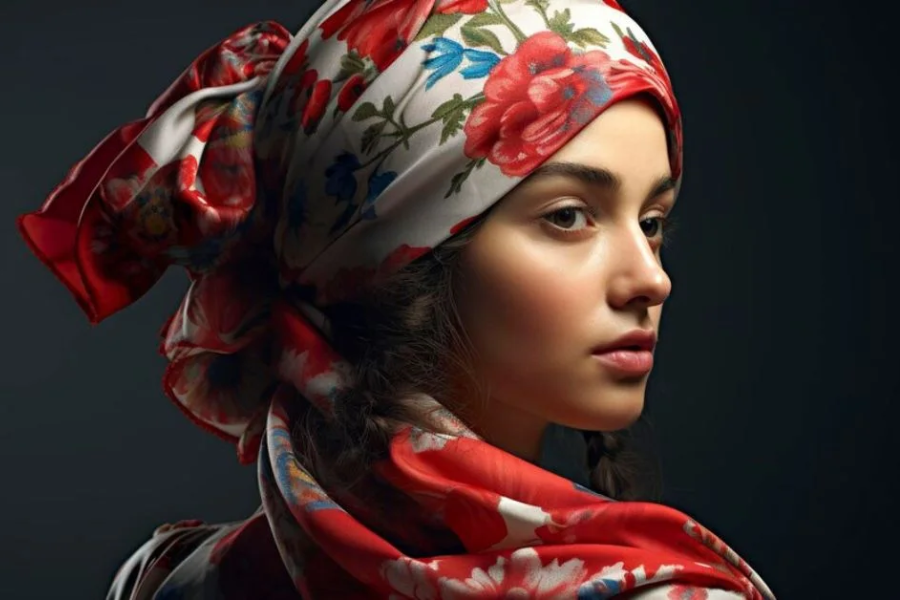

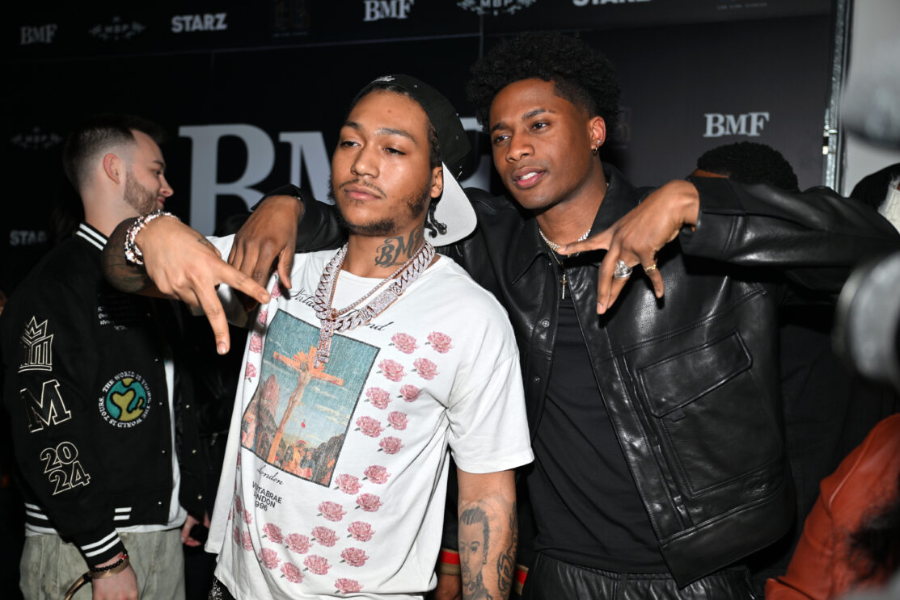
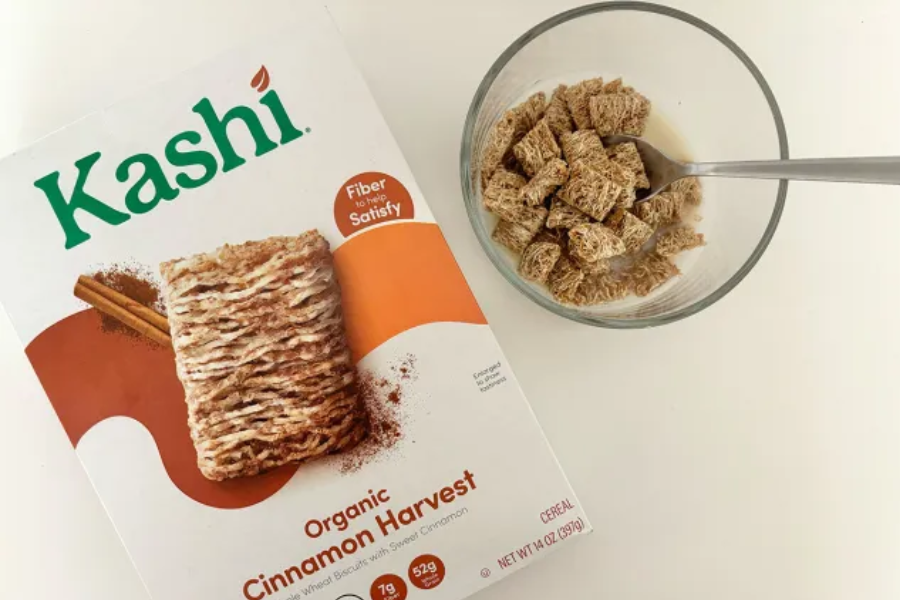





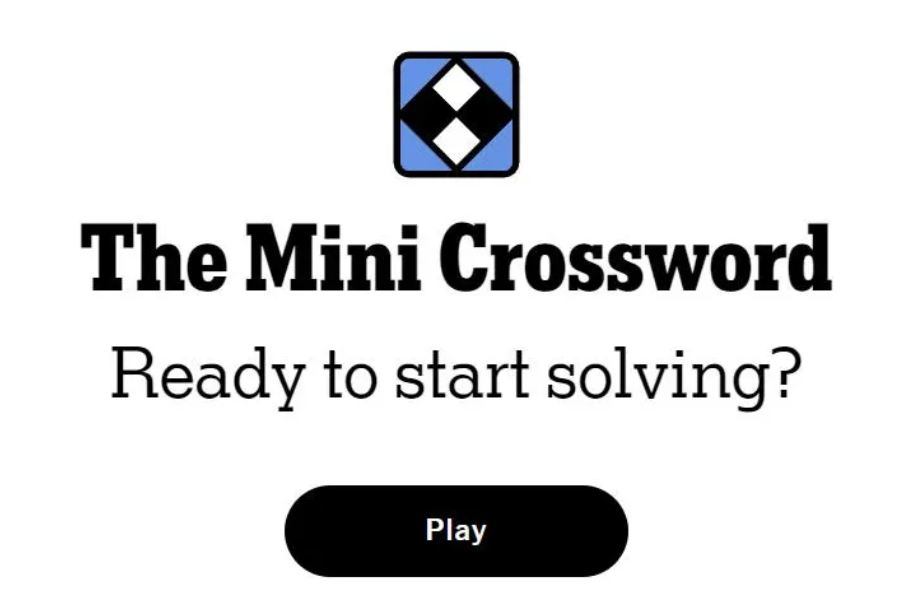


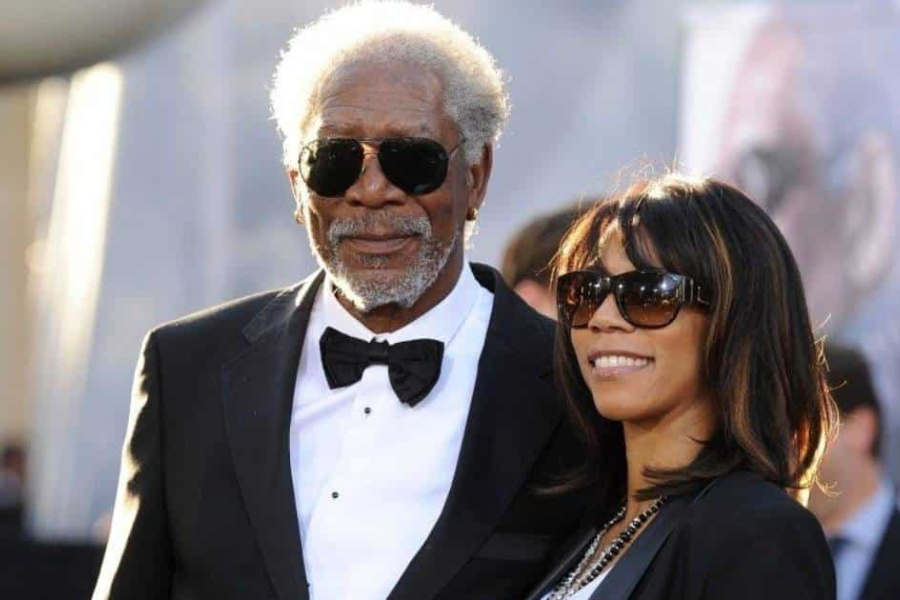

Leave a Reply